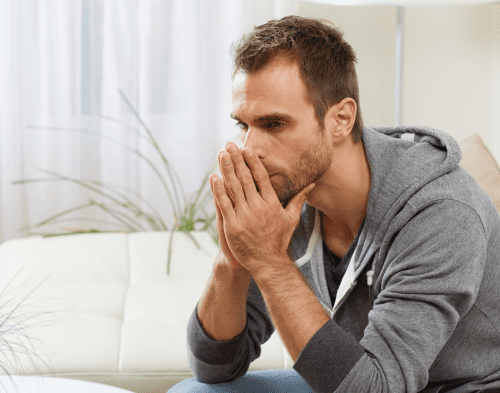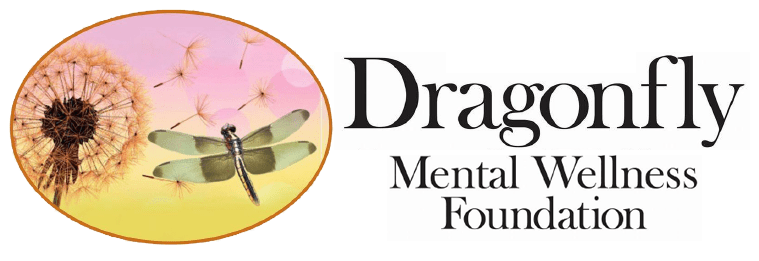
While anxiety symptoms vary widely, odds are good that at some point you’ve experienced occasional physical and emotional distress signals such as panicky breathing, your heart pounding in your chest, trouble sleeping, feelings of dread, or even loops of worry. That’s normal.
By itself, anxiety isn’t a problem. It anchors the protective biological response to danger that boosts heartbeat and breathing, pumping oxygenated blood to your muscles as your body prepares to fight or flee. Healthy anxiety can persuade you to get to work on time, push you to study hard for an exam, or discourage you from wandering dark streets alone.
A certain amount of anxiety can even be helpful. The problem is that sometimes the systems underlying our anxiety responses get dysregulated, so that we overreact or react to the wrong situations.”
What kind of anxiety disorder do you have?
As with every health issue, an accurate diagnosis is essential. A few common anxiety disorders include:
- Generalized anxiety disorder: A pattern of excessive worry about a variety of issues on most days for at least six months, often accompanied by physical symptoms, such as muscle tension, a hammering heart, or dizziness.
- Social anxiety disorder: Feeling significant anxiety in social situations or when called on to perform in front of others, such as in public speaking.
- Phobias: A particular animal, insect, object, or situation causes substantial anxiety.
- Panic disorder: Panic attacks are sudden, intense episodes of heart-banging fear, breathlessness, and dread.
There are effective treatments for anxiety
Treatment is tailored to the diagnosis. Effective options include:
- Lifestyle changes, such as skipping caffeine, exercising regularly, and avoiding medicines or substances that might cause anxiety symptoms.
- Mind-body approaches, such as deep breathing, meditation, mindfulness, and techniques to ease muscle tension and promote calm.
- Psychotherapy, such as cognitive behavioral therapy (CBT) and exposure therapy. CBT teaches people to challenge and reframe distorted or unhelpful anxious thinking, because thoughts influence feelings and actions. Exposure therapy helps people tolerate and calm anxiety by gradually exposing a person to feared situations or objects under guidance from a therapist.
- Medicines, such as short-acting drugs called benzodiazepines, which are taken as needed when anxiety spikes. Low doses of some antidepressants, particularly selective serotonin reuptake inhibitors (SSRIs), help relieve anxiety when taken daily.
